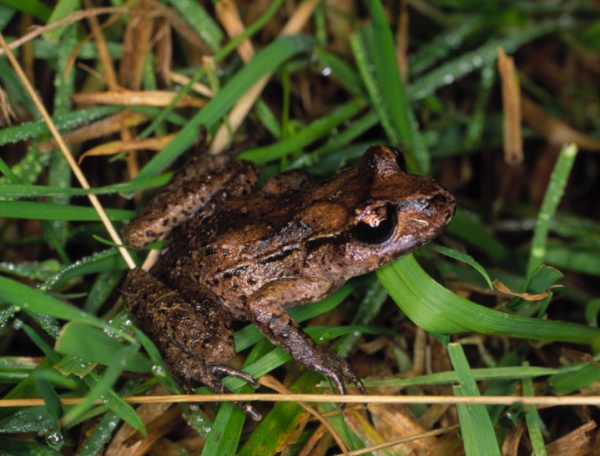Facts About Maud Island frog
The Maud Island frog, scientifically known as Leiopelma pakeka, is a distinctive and ancient amphibian species native to New Zealand. It is one of only four remaining species within the Leiopelmatidae family. Though small, these frogs, typically medium to dark brown, can grow up to 5 cm in length. They are characterized by their unwebbed toes and a prominent ridge located behind their eyes.
In terms of reproduction, Maud Island frogs lay their eggs on damp ground, with the male assuming the role of protector. The male guards the eggs for an extensive period of 14 to 21 weeks until they hatch into tiny froglets. Remarkably long-lived, some individuals have been documented to reach ages of 35 to 40 years, earning them the distinction of being the longest-living wild frogs known. These frogs are adept at camouflage and lead a very sedentary lifestyle, often remaining within a small territory throughout their lives.
Initially, it was believed that the Maud Island frog was merely a subgroup of Hamilton's frog, native to Stephens Island. However, genetic studies conducted in 1998 unveiled that the Maud Island population constituted a distinct species, subsequently named Leiopelma pakeka.
Conservationists have been diligently working to protect these frogs from threats such as fungal diseases, natural disasters, climate change, and predators. As part of their conservation strategy, they have established new populations on other islands. Frogs have been successfully relocated to areas such as Motuara Island and Long Island to form new colonies. Additionally, some frogs have been released into predator-proof sanctuaries like the Karori Wildlife Sanctuary near Wellington.
These efforts are vital for the survival of the nationally endangered Maud Island frog, ensuring that this extraordinary species continues to thrive in New Zealand.
